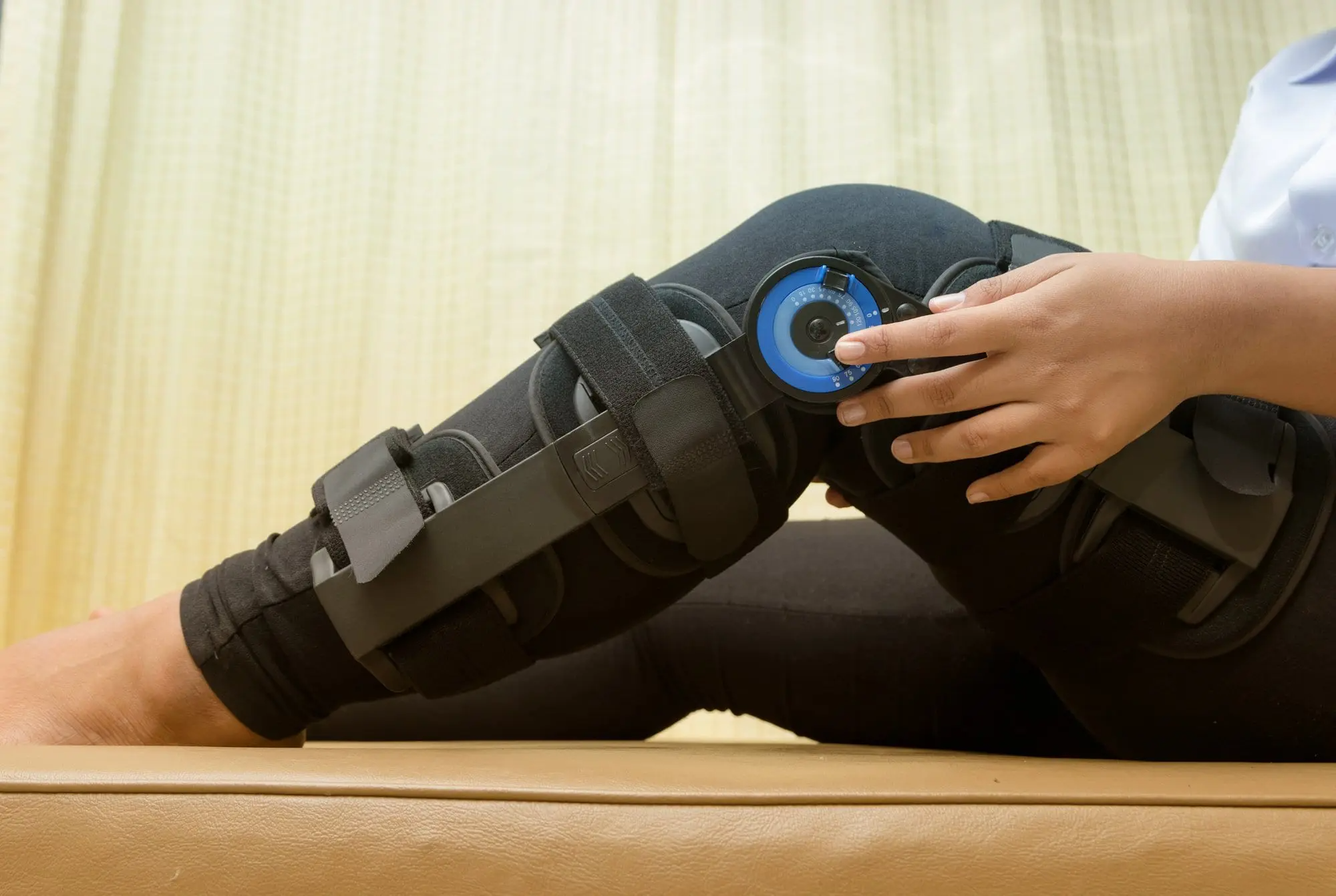If you suspect you have an ACL tear, chances are that you’re absolutely correct.
After all, more than 150,000 athletes deal with this common injury in a single year.
Despite the popular belief that these injuries happen mainly within contact sports, the reality is that about 70% of ACL tears take place because of poor landings, sudden, twisting movements, or just awkward footwork.
Interestingly, studies show that female athletes are actually at a higher risk for these tears than their male counterparts.
Still, no matter your gender or the sport you play, you need to know the symptoms of an ACL tear in order to get the proper treatment.
What exactly are these symptoms?
Read on to find out.
What Is An ACL Tear?
Before we get into the specific symptoms of this common injury, let’s first be certain that you’re clear on what it is.
“ACL” stands for Anterior Cruciate Ligament, and it takes place in and around your knee joint. Usually, when you get a tear, it means that other parts of your knee will also suffer some pain or stress. After a tear, you can expect your cartilage and ligaments to need time to heal as well.
This is because your knee joint is made up of three main bones: the actual kneecap, your tibia, (AKA your shin bone) and your femur.
You have about four different ligaments in your knee helping to connect and keep these three bones together. The “cruciate ligaments” — what actually tears in an ACL tear — are among the most delicate.
Once you’ve sustained the injury, it will be classified according to three different grades of sprains.
Grade 1 strains will likely be able to recover on their own with a little icing and are the mildest of tears.
Grade 2 sprains are the result of a partial tear — think of it as a kind of loosening of the ligament. The recovery period may be longer, but likely, you’ll be able to do it on your own.
Grade 3 sprains, however may even require surgery. This is because the ligament has been totally torn and is now unable to support the joint of the knee.
Unfortunately, Grade 3 sprains are the most common type of ACL tear.
Why Do They Happen?
We briefly touched on the main causes of ACL tears in the introduction, but now, let’s get a little more specific.
Usually, these injuries happen to athletes that play sports like soccer, basketball, or even hockey.
Why?
Because these are all sports that require you to change direction quickly, stop without much warning, and change your pace from a slow jog to a sprint in a millisecond.
As you can imagine, this isn’t exactly easy on your knees.
In general, these injuries also happen because the knee joint has not been properly strengthened or stretched before a practice session or a game.
Usually, if you want to lower your risk of an ACL tear, then you’ll need to make conditioning and strength training a part of your regular workout routine.
Of course, your game will improve, as well.
What Are The Symptoms Of A Tear?
If you suspect you have an ACL tear, it’s likely that the intense pain you feel will be the biggest giveaway.
However, there are a few other symptoms that signal a serious problem in and around your knee joint.
First of all, you may notice some swelling within the knee. Usually, this swelling will start to happen almost immediately after the injury, and will last for about 24-36 hours. Sometimes, the swelling goes down on its own, but other times (with more severe tears) it will continue to get worse.
We recommend heading to a doctor or therapist to get an x-ray imaging test.
Additionally, you might notice that you have a limited mobility in your knee. You may not be able to extend it all the way out — a clear indication of a tear.
You may also experience trouble, pain, or even trembling when trying to walk. If this happens, then you need to make an appointment with a specialist immediately.
What Are The Treatment Options?
If you suspect that you have a low-grade tear, then we still suggest scheduling an appointment with a doctor or physical therapist to be on the safe side.
If you are in fact confirmed to have a Grade 1 or 2 injury, then your healing process will be relatively simple. Usually, you’ll need to wear a knee brace, and depending on the severity, you may need crutches for a couple of weeks.
You’ll also be told to elevate your leg and ice it for about 20-30 minutes a few times a day.
Above all, resist the temptation to get back on the court or field too early. This is how many athletes end up worsening their injury — and lengthening their recovery time.
Where Can You Find Professional Medical Help?
Sometimes, an ACL tear is so severe that you won’t be able to treat it on your own.
You might require surgery in order to properly reconnect a completely torn ligament. When that happens, you need to be sure you’re working with a medical team — especially a physical therapist — you can trust.
Without the proper physical therapist to help you heal after either surgery or an injury, you risk lengthening your recovery time and potentially re-tearing your ACL.
That’s where we come in.
We offer a wide variety of physical therapy services to ensure that you stay on the road to recovery.
Spend some time on our website to learn more about what sets us apart, and get in touch with us to request an appointment. Don’t spend one more game on the bench. Instead, start your healing process today.
.png)



